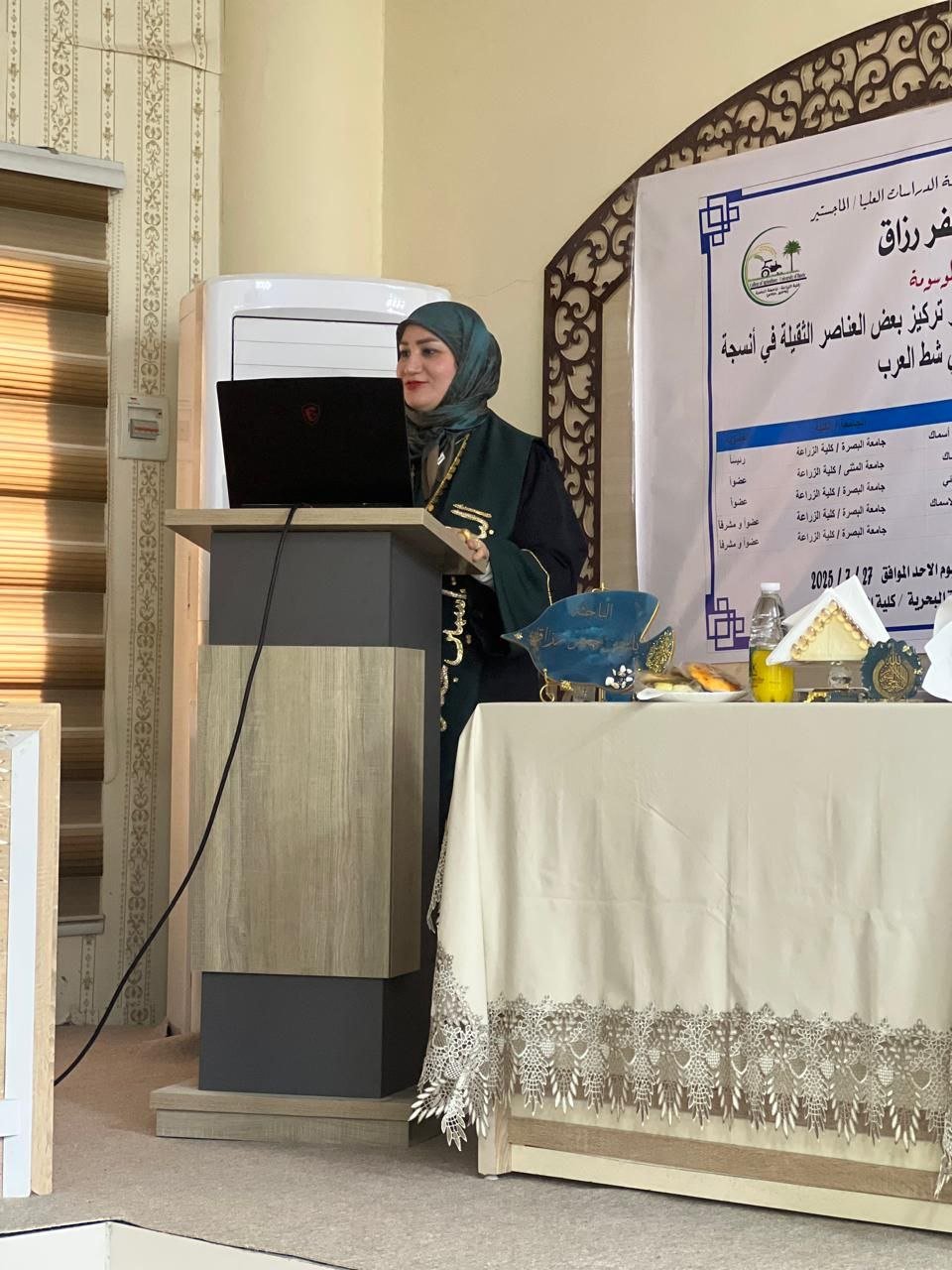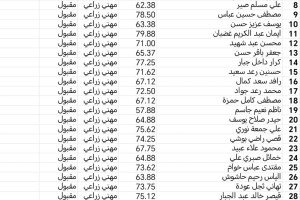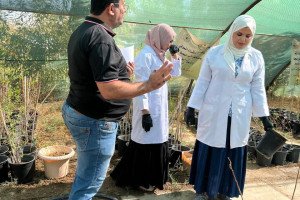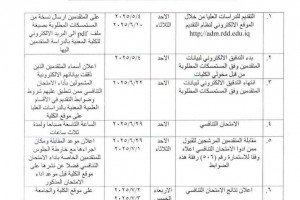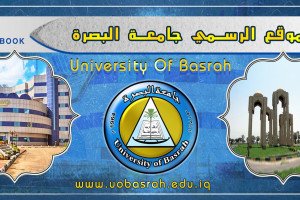
A master's thesis in the Department of Fisheries and Marine Resources at the College of Agriculture at the University of Basra examined parasitic worms as biomarkers for assessing the levels and concentrations of some heavy metals in the tissues of some fish in the Shatt al-Arab River.
The thesis, presented by master's student Yasmin Jaafar Razzaq, aimed to estimate the concentrations of some of the most prevalent heavy metals in various fish tissues, such as aluminum, arsenic, boron, lead, and chromium, and to compare them in the tissues of selected species of parasites that infect them during different seasons and stages.
The study concluded that the trematodes isolated from the sabbur fish showed high efficiency in reducing the accumulation of chromium and lead in fish tissues, compared to the trematodes isolated from the khishni and bayah. Regarding boron, arsenic, and aluminum, there was a numerical superiority in the efficiency of each trematode or the two types of trematodes in reducing their concentrations in infected fish. The marine trematode, N. dimorphospinus, showed great efficiency in reducing chromium concentrations in infected green bayah fish, compared to the riverine trematode, N. iraqensis. The trematode, F. basiri, showed efficiency in reducing arsenic in the gills of infected fish, compared to uninfected fish.
Department of Media and Government Communication / College of Agriculture
